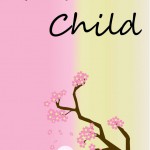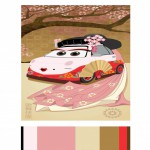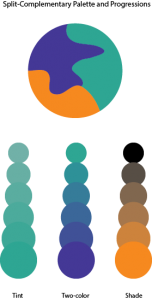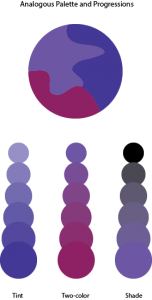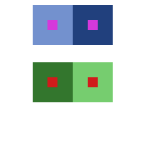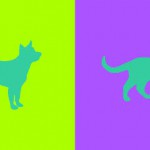The artist Brandy Ortiz was born on 1997 in New York, NY. She currently lives and studies in the city she was born in. She was inspired by the works of Tom Phillips in his A Humument book to create compositions that combined linguistic language and art into three pages of her vision. Tom Phillip was an English artist who purchased a cheap book to use as the basis of an art project known as A Humument. Behind his artwork, he paints, collages or draws over the pages, leaving some of the text peeking through in serpentine bubble shapes, creating a found text with its own story, different from the original. Ortiz made compositions with themes that juxtapose from the original theme from the novel Brimestone by Douglas Preston and Lincoln Child. While Brimestone theme was thriller, the artist decided that her artwork known as Glass Child would have a softer tone. Within her creation of Glass Child contains Ocean Breeze, Picture Perfect Family, and Love Exists, which are different representations of the gentle theme behind Glass Child .
Ortiz used Pigma Micron Pens(0.2, 0.5 and Brush), Faber-Castell Brush Pen, pencils(HB-6B) and a pair of scissors as her materials for her artwork. For her first design, Ocean Breeze, she shows a silhouette of a boy relaxing in a beach setting with the sun rising. She first made outlines of the boy and the waves by using the micron pens. Afterwards she used the Faber-Castell Brush Pen to ink the ocean and the sun. The top half of the page is left blank creates positive space while the inked image within the bottom area creates negative space. These spaces create a figure and ground relationship due to the equal amount of negative and positive space. The revealed message that the artist created says “Cool dawn air. Hear the surf thundering. Smell the salt air of the invisible ocean beyond”. The boy in the image feels the cold breeze from the sea as the sun is rising. He hears the rippling waves thrash against the sandy land only to be pulled back into the ocean once again. The thrashing of the waves creates the smell of the salty air. He is taking in the different sensations that are happening around him.
For her second design, Picture Perfect Family, she first creates an outline of a frame within the margin area of the page with the micron pens. Next she uses the Faber-Castell Brush Pen to black out the rest of the page leaving out the frame and the revealed text. The revealed message that the artist created says “Family and friends perfectly never changed. Countless dinner parties, weekend parties, living room”. The message conveys a family that enjoys getting together for parties in their living room. A frame is a boundary made from either a rectangle, square or circle that is placed on the edges of the paper or the margins drawn within. The concept behind the frame was to transform the text to make it look like a family portrait since the idea behind the message was family gathering.
For her third design, Love exists, she used scissors to cut out pieces of the page to reveal words from other pages. Instead of blacking out the page to show her message, Ortiz creates a message from cutting out certain words from various pages to show all on one page. The revealed message that the artist created says “Love was fantastic to obtain in the vast world”. The artist made a heart in the lower left corner of the page while everything was shaded by pencil to show low key, in which the values of the image is predominantly dark. The heart shows that love will always be there even when surrounded by this darkness. The idea behind the message was that love is a great feeling to have in the world we live in.
With her vision behind Glass Child, Ortiz wanted to show her ideas of different messages through the language and the art she depicted. The title of the artist’s humument is a piece of alternated text much like the pages inside. Glass Child was made by picking out letters from both of the author’s names behind Brimestone. The work of alternated texts along with visual images creates a new story from a preexisting one. It creates more room for stories that have yet to be told as the original source is left as inspirations behind those stories. Whether it be about relaxing, family gathering or love; each page correlates back to the original theme of Glass Child.
